Dragon Priest has often identified itself as an attrition-based midrange deck. The deck’s strong dragon synergies combined with Priest’s efficient removal package gave the deck both the versatility to deal with multiple pressures, and the resilience to continue to threaten late in the game.
That version is no more.
Kobolds and Catacombs has changed the way we look at the Dragon Priest archetype in Standard. We’ll go through two of the more popular lists gaining traction on ladder below and discuss its card choices and best practices when piloting the deck. The first list looks to exploit new minion and big spell synergies found in the latest expansion. The second list is the latest take on an old combo favorite.
Big Spells Dragon Priest
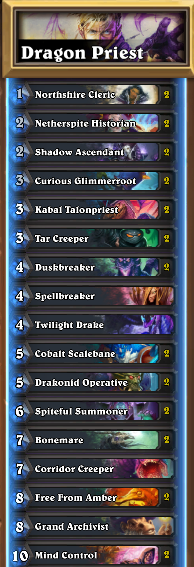
This version builds a steady curve of minions over time and hopes to overwhelm its opponent with the power of its minions in the middle to later turns of the game. While the dragon shell makes up the spine of the deck to keep the resources flowing, it’s the Kobolds and Catacombs newcomers, Spiteful Summoner and Grand Archivist, that put the deck over the top with their big spell synergy.
Spiteful Summoner might be the best six mana play in the format. When Spiteful Summoner enters the battlefield it chooses a spell at random from your deck, then summons a random minion equal to its cost to the battlefield. Show a ten mana spell, and you can put upwards of 16 attack to the board for only six mana.
This version of Dragon Priest takes advantage of Spiteful Summoner’s ability by playing only two spells in the deck—Free from Amber and Mind Control. With only these two spells to show in the deck, Summoner guarantees an eight or ten mana return on its ability trigger. Spiteful Summoner and a minion like Deathwing creates quite a board swing and immediately demand an answer from the opponent. Unanswered, this play is strong enough to win the game on its own.
Of course, this deck wants to cast these spells as well. That’s where Grand Archivist comes in. While not much to look at as a 4/7 body for eight mana, its effect more than makes up for its cost in this shell. At the end of your turn, Grand Archivist chooses and casts a spell at random from your deck. Dragon Priest gets the tempo of two plays in a turn plus some deck thinning. Play an eight mana minion and immediately get a return on your investment with Free from Amber, or steal your opponent’s Obsidian Statue, Voidlord, Lich King, or Edwin Van Cleef with Mind Control.
With such a proactive, powerful middle game in mind, the goal then becomes to make sure you survive to see it. The biggest player here is Duskbreaker, the latest addition to the dragon shell. As long as Duskbreaker can see another dragon in your hand, this four mana minion deals three damage to every other minion as it enters the battlefield. This dragon is Dragon Priest’s best tool at combating early aggression from the likes of Rogue, Druid, and Paladin.
Without Duskbreaker, early plays like Tar Creeper and Curious Glimmerroot can stem the tide. Tar Creeper slows your opponent’s board down while protecting your own. Glimmerroot can find a removal spell in your opponent’s class, another body to throw in front of the aggro, or another resource to be used later. Kabal Talonpriest and Shadow Ascendant can turn these early plays into effective trades while doing the same if drawn later on.
If Spiteful Summoner isn’t enough to finish the job, the deck contains several powerful follow-ups to continue the midgame pressure. Corridor Creeper is quickly emerging as the best card in the set and finds another home as a tempo 5/5 here. Bonemare takes advantage of this Priest’s tempo plays and hard-to-kill minions to create a large Taunt presence on board and burst damage from hand. Cobalt Scalebane leverages the same board presence to turn any minion into a viable threat. Netherspite Historian and Drakonid Operative maintain your card advantage as the game goes late.
There’s room for one or two tech choices in the list, depending on the meta. This list contains a Spellbreaker for its ability to silence problematic Taunts, buffed minions, and other effect minions currently popular on ladder right now. Should weapon-centric decks like Cubelock and Secret Mage continue to grow in popularity, Harrison Jones might be a worthy addition to the list. If you don’t like Grand Archivist, you can try Medivh, the Guardian in the same place.
This deck is at its best turns five through eight, so every decision made should maximize its potential through these turns. While the deck’s curve seems relatively straightforward, it is important to keep in mind the removal and AoE options available to the opponent at any given time. You don’t want to overextend, but you also want to ensure you consistently maintain a healthy board presence to take advantage of the likes of Scalebane and Bonemare later. Most control decks will have better tempo plays when they have their full mana pools at their disposal, so it is vital that you leave a lasting impact in these middle turns and force inefficient interactions with the board.
Combo Dragon Priest

This version eschews the former’s big spells and other late game elements for a burst, combo finish centered around the Priest spells Divine Spirit and Inner Fire. Again, the dragon shell serves to keep the hand stocked with resources but can also double as a target for the combo should the need arise.
The combo consists of two Priest spells—Divine Spirit and Inner Fire. Divine Spirit doubles a minion’s health and Inner Fire equals a minion’s attack to its health. Double a minion’s already large health pool, add Inner Fire, and you have a minion with the potential to end the game in just one attack.
Several cards in this list serve to speed up the time it takes to reach a lethal combo finish. Power Word: Shield and Kabal Talonpriest increase a minion’s health and makes Divine Spirit all the more powerful. Power Word: Shield also draws a card, digging deeper into the deck for those combo pieces. Shadow Visions discovers the missing combo piece or additional copies should the first combo not end the game. Radiant Elemental discounts all spells as long as it’s on the battlefield—complete the entire combo with only one mana.
Due to the simplicity of the combo and the resources at your disposal, any minion in the deck can be turned into a viable threat. That said, Twilight Drake is the ideal target. While just a curve-filler in the previous list, Twilight Drake’s effect really shines in a deck so focused on a minion’s health. The dragon often enters the battlefield with six to eight health already. Add a Power Word: Shield, a Divine Spirit or two, and an Inner Fire, and you have a dragon that’s ready to end the game.
Duskbreaker features again with a couple of other cards to keep the aggro decks at bay. Since you’re not limited to just big spells, cards like Potion of Madness use an opponent’s early minions against him for a turn. At its best, the potion takes care of two minions for one mana. Wild Pyromancer, with cards like Power Word: Shield and Circle of Healing, has enough AoE clear to deal with small boards. Alternatively, you can use your own early Northshire Clerics and Netherspite Historians to trade with the board, then refresh their health with a Circle of Healing to ready them for the combo the following turn.
This deck has little in the way of removing big threats and hopes to end the game before any can develop. Twilight Acolyte is the deck’s best answer. If the Acolyte sees a dragon in your hand, the minion swaps its two attack with another minion’s. While it doesn’t deal with the threat completely, it neuters the threat and buys a little time to complete the combo. Add a Cabal Shadow Priest or two to the list, and you can steal the minion after Twilight Acolyte swaps its attack.
Lyra the Sunshard tops the curve. Lyra takes advantage of the deck’s multitude of cheap spells to provide a continuous stream of card advantage if uninterrupted. The Priest’s spell pool is at its largest with the latest expansion, so while Lyra is not as reliable as discovering the combo just on its own, the elemental continues to find enough value to make it a worthy inclusion in this list.
Generally, you want to execute the combo when you know it’s going to end the game in that turn. That said, your opponent’s ability to deal with such an early and large threat is entirely matchup dependent. Druid, for example, has no clean answer to any minion with a large health pool. Control Warlock may not be able to deal with it until turn six with a Siphon Soul. Other classes may have an easier time. Highlander Priest has access to Shadow Word: Death and Psychic Scream. Rogue can reset your threat with a Sap or end it with Vilespine Slayer. Keep in mind, too, that silence effects are popular tech choices at the moment across all classes. A single Spellbreaker can undo all of your hard work. Read the matchup, pick your moment, and end the game.



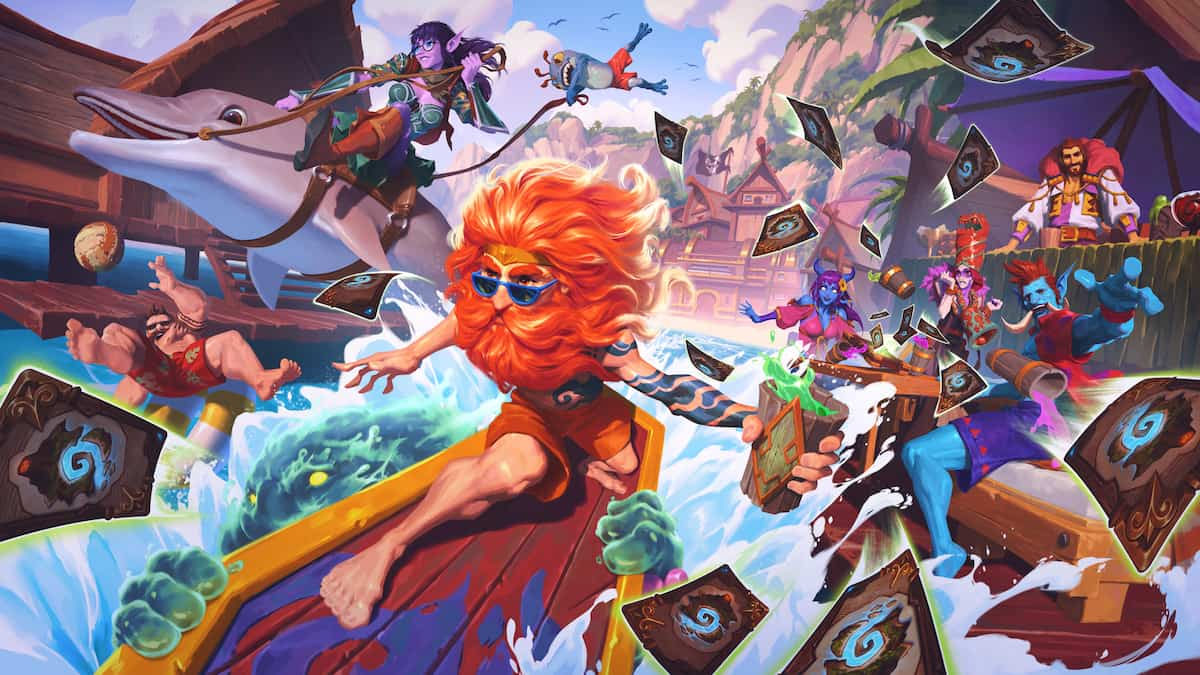
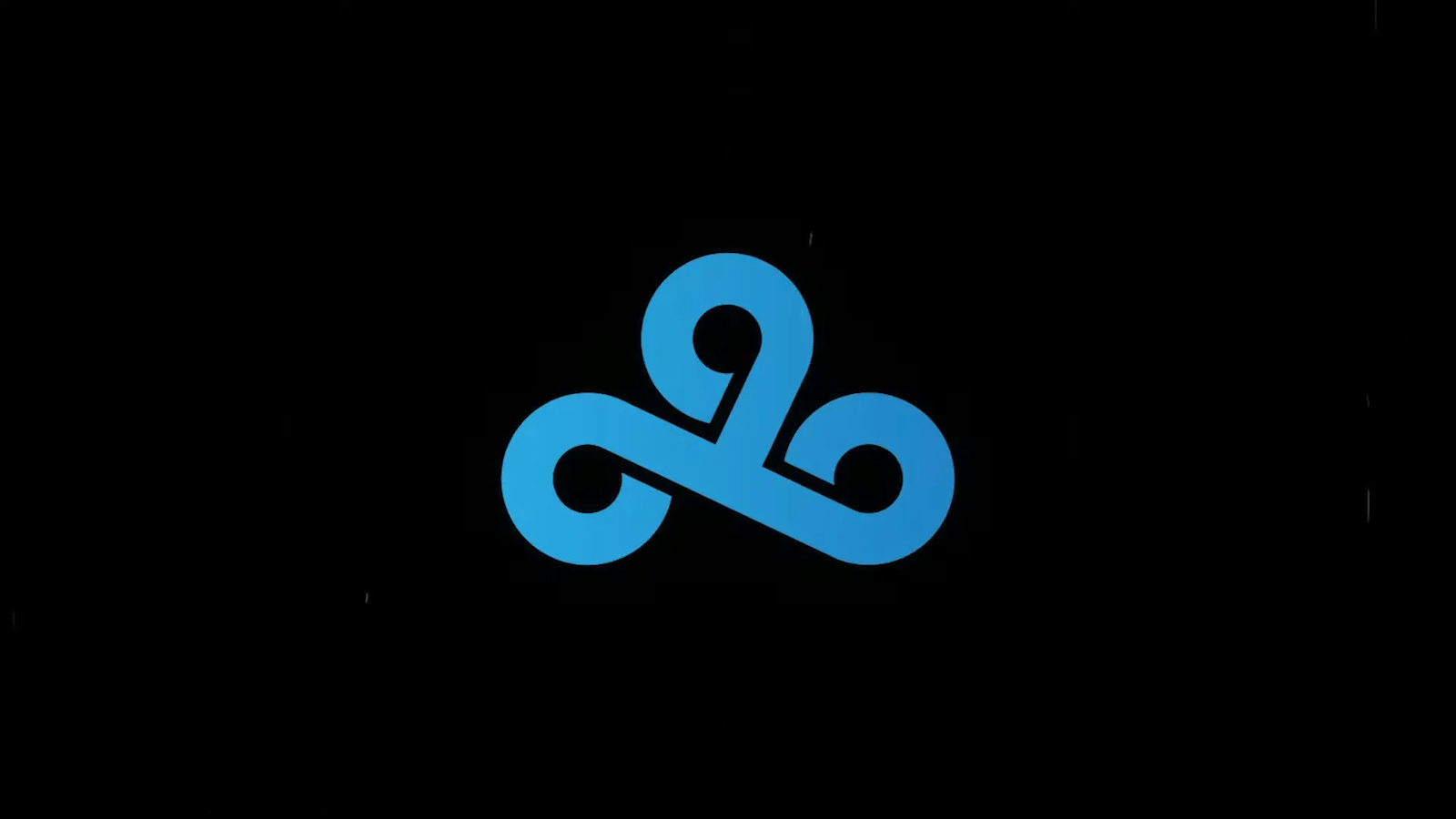

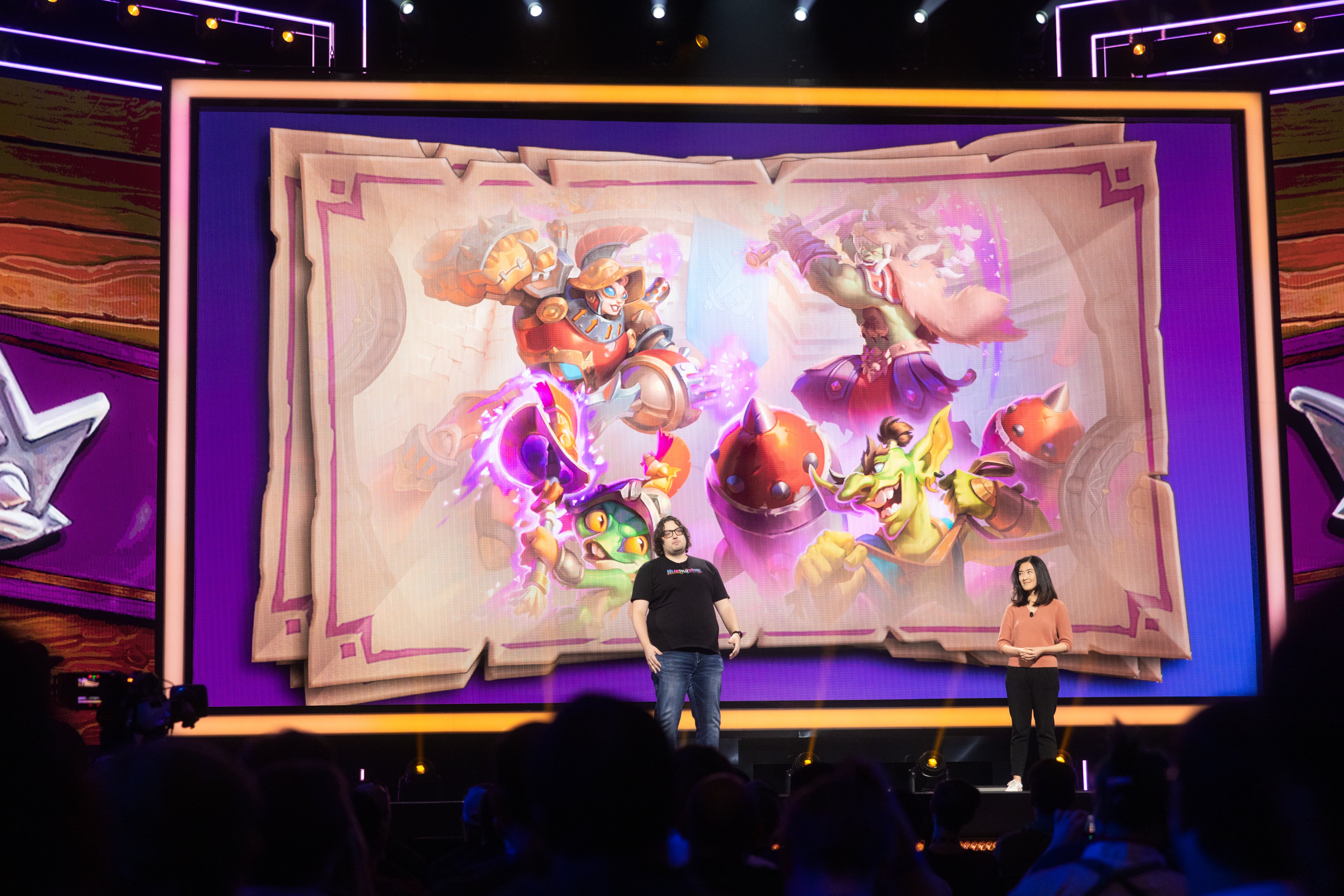
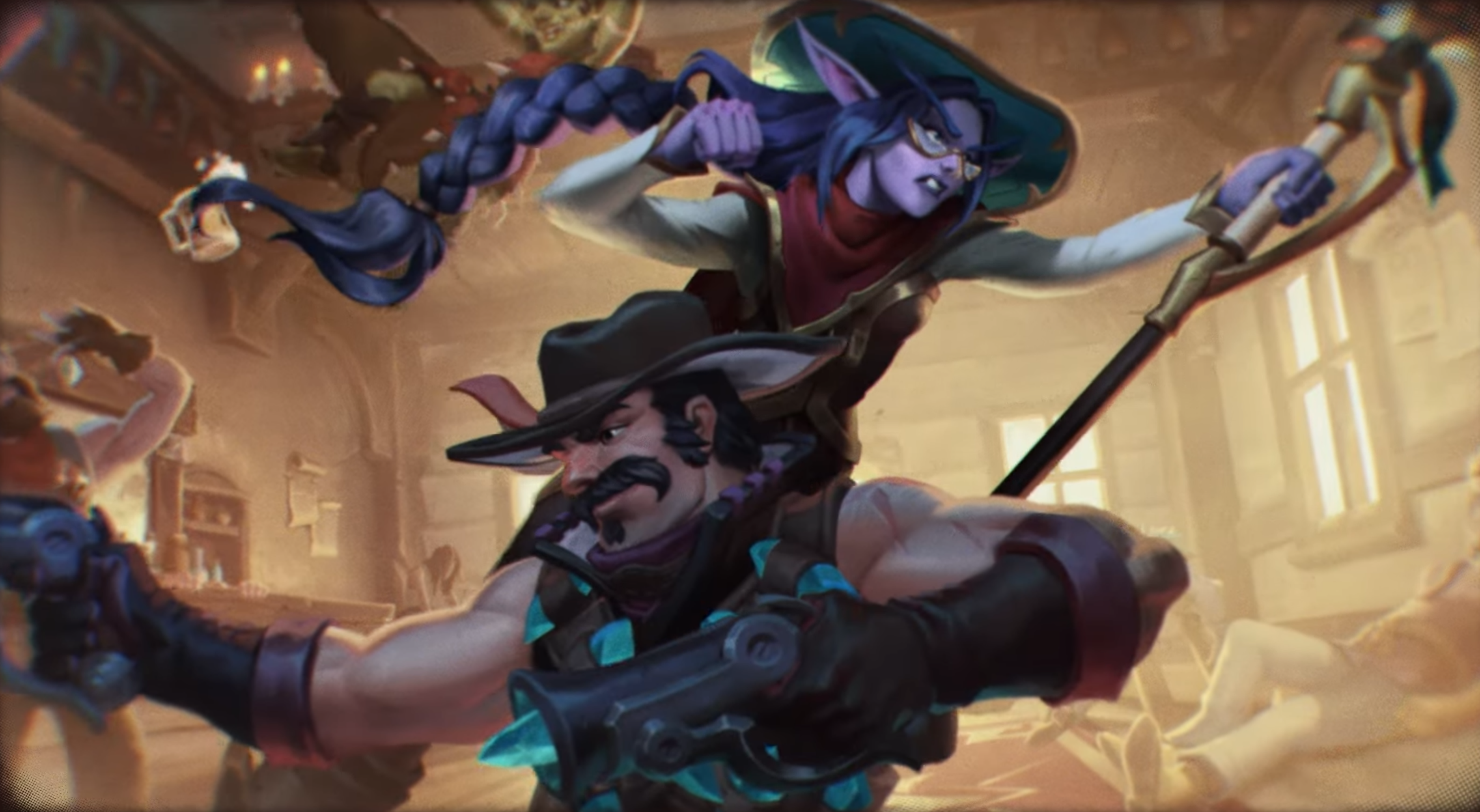
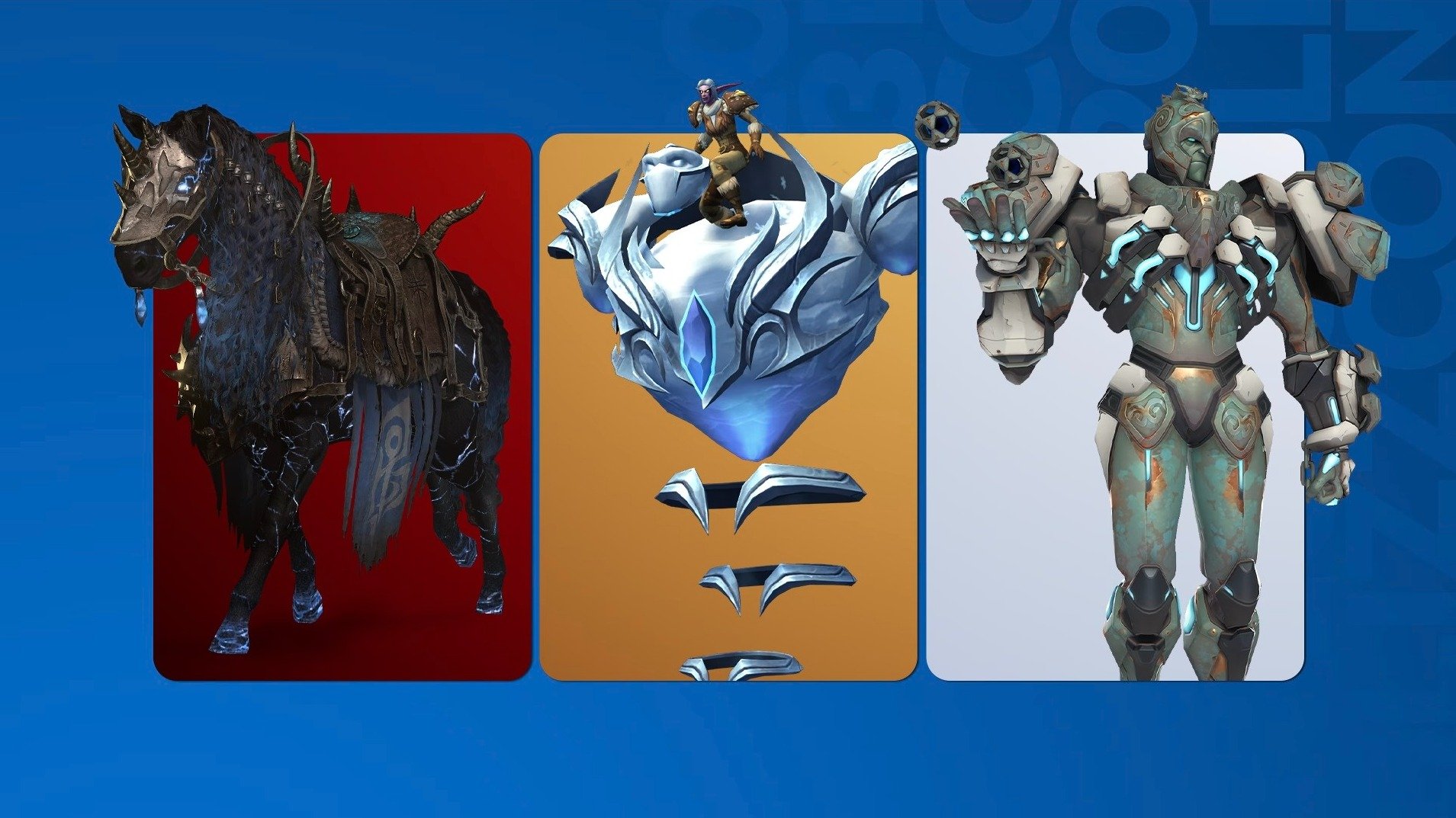
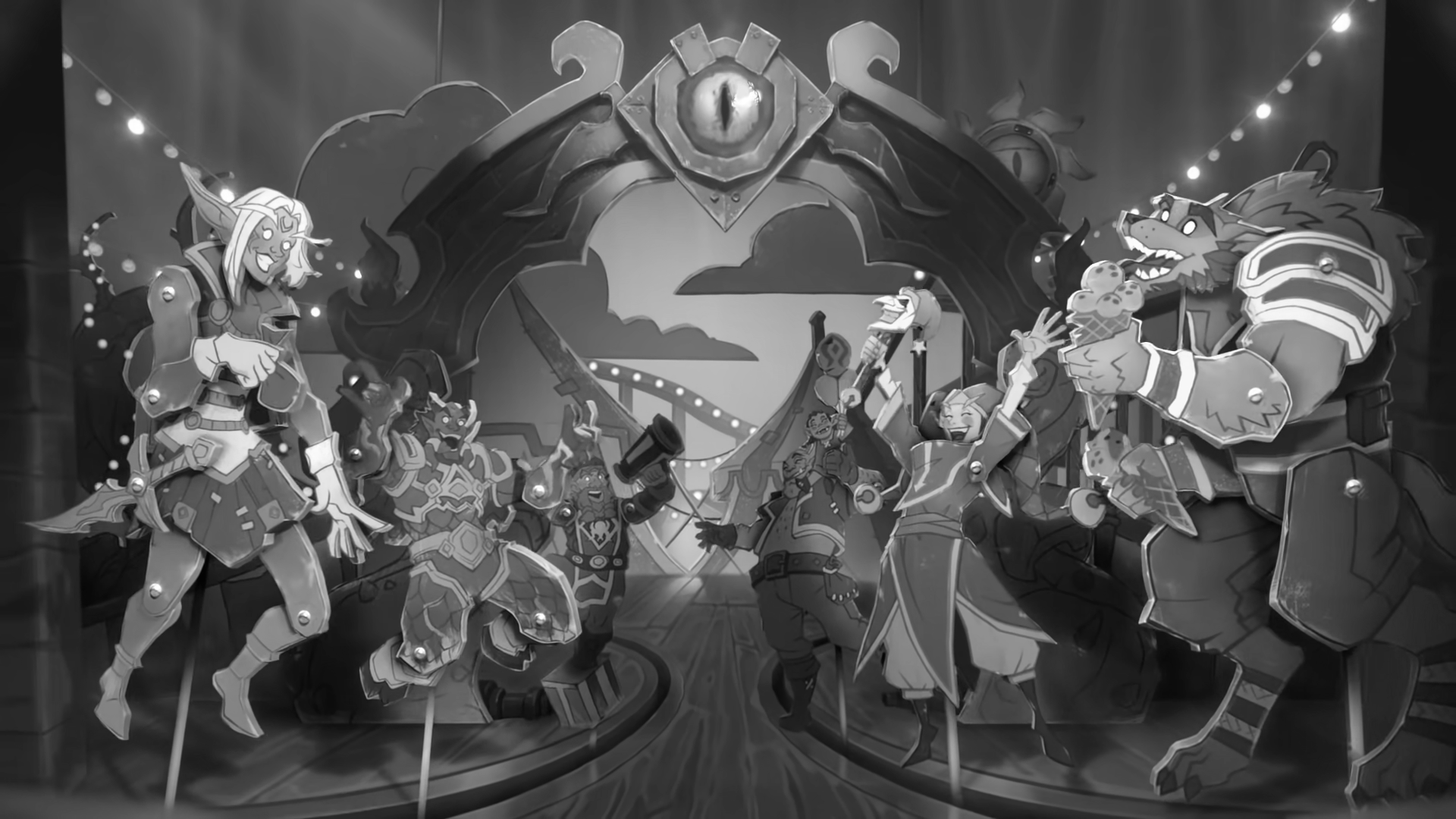
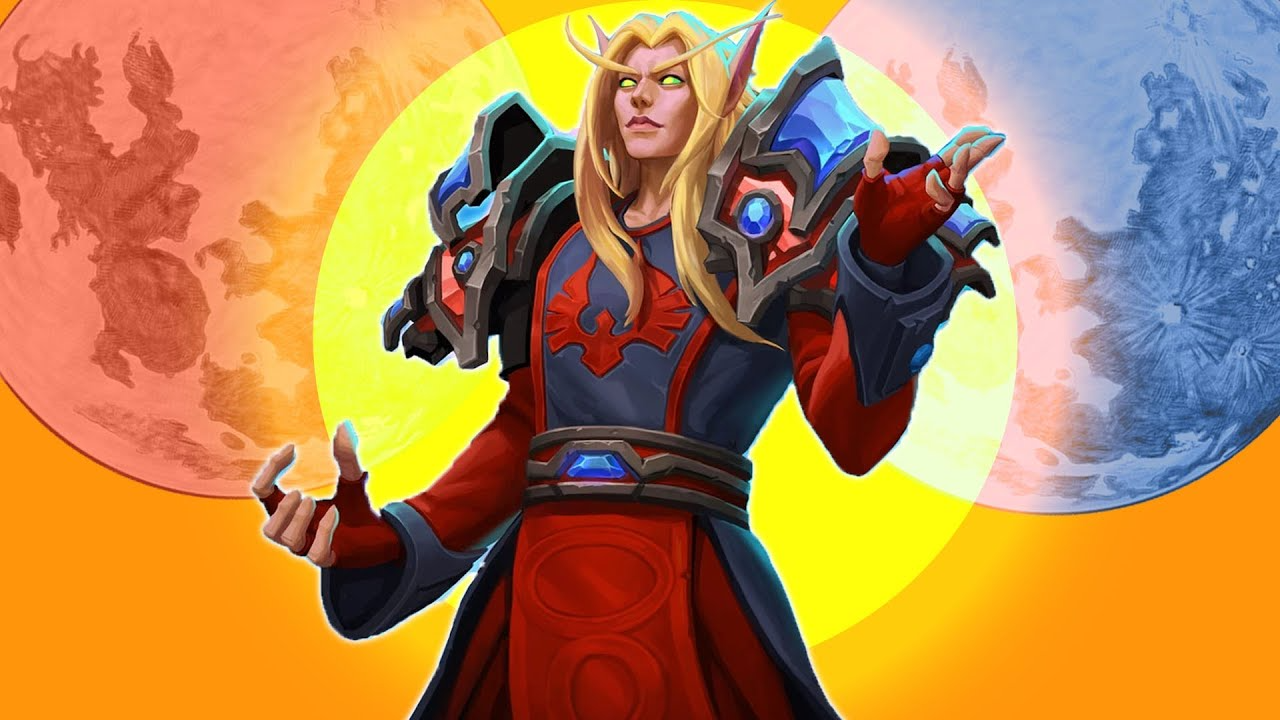

Published: Dec 21, 2017 09:19 am